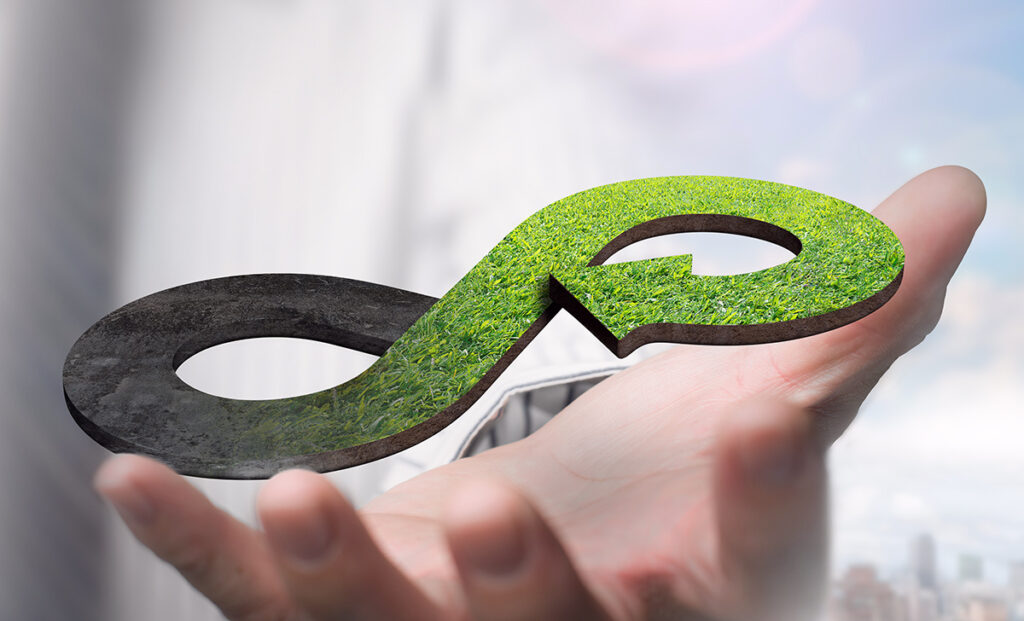For years, one of my main irritations was the fact that there was no clear definition of ‘the’ circular economy. This results in vagueness, omnipresence of the concept, circular washing and even people thinking we can simply replace striving for a sustainable economy with ‘circular economy’. But the itching is now under control.
In a short article published recently, Frank Figge, from ESCP Business School, along with Kedge Business School’s Andrea Stevenson Thorpe and Melissa Gutberlet, tried to clarify the mess of definitions that can be found in the literature.
The authors suggest four pertinent characteristics of a helpful definition:
- “First, a circular economy clearly stipulates closed resource loops, negating the need for virgin resource use. This is both a sufficient and necessary criterion.
- “Second, the optimisation of resource flows — and their direction — are necessary criteria. In a fully circular system, the outputs and inputs of resources must be the same. Some resource flows might therefore need to be reduced while others might need to be increased to ensure the supply and demand for pre-used resources match.
- “Third, as a necessary criterion, the circular economy is always distributed across at least two complementary levels that each follow a different logic. Resource circularity itself manifests at a higher level (e.g. across a cluster of firms or industries). Supporting such circularity are activities (e.g. recycling, remanufacturing, etc) with which actors (e.g. firms) engage at a lower level. In other words, a combination of lower-level activities creates higher level circularity.
- “Fourth, and as somewhat of a caveat, the laws of thermodynamics and the inevitability of human error mean that ‘perfect’ resource circularity is unlikely to emerge — and notions of such will remain an idealized concept. It also shows that the circular economy by itself is unlikely to deliver a steady state. Consequently, a plurality of approaches will be required to reduce economic resource use to a sustainable level.”
Circular economy principles will […] not deliver an economy within planetary boundaries.
The last characteristic is especially important: circular economy principles will in reality not lead to a steady state or sustainable economy! They will (thus) not deliver an economy within planetary boundaries.
Also important: a lot of the literature and practice concentrates on the supporting activities for circularity like recycling, not on checking if (higher level) circularity is achieved.
A clear definition is important. But in my humble opinion, this short article already has an important takeaway: a good definition of the circular economy implies that it is NOT a recipe for a continuous (green) growth agenda.
This article is based on a LinkedIn post (which generated many comments), and gives the views of its author, not the position of ESCP Business School.
